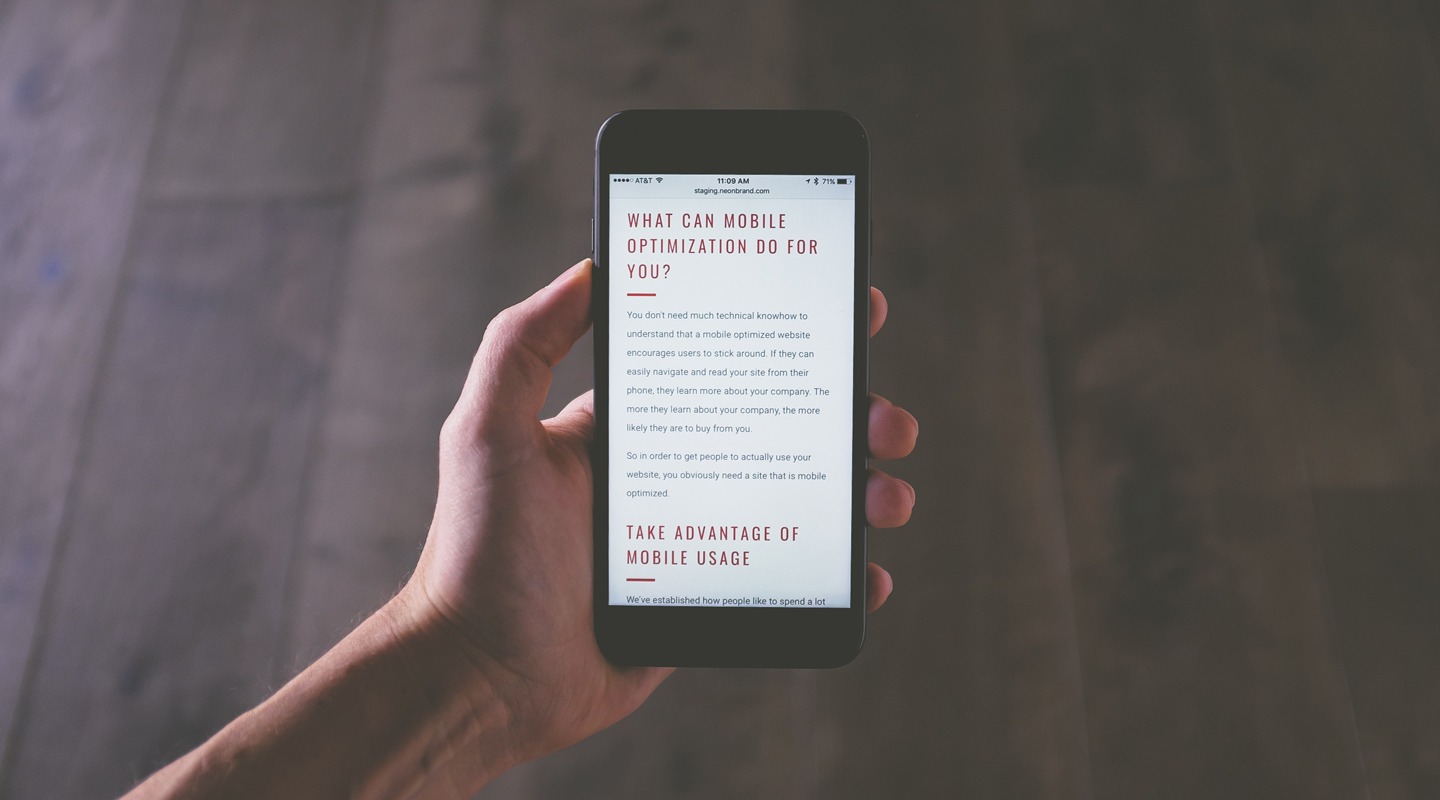
The Life Changing Magic of Tidying Up Your Marketing Automation Software
I’ve been inside of a lot of marketing automation instances, and they can be like overstuffed, disorganized closets. Just as when you’re busy living your life, organizing your closet isn’t a high priority, when you’re focused on getting campaigns out into the world, organizing your marketing systems probably isn’t a high priority. Though it may not spark joy (apologies to Marie Kondo), tidying up your marketing automation software and keeping things tidy, will make you and your team more effective. Here are my tips:
1. Share the responsibility.
One of the first things you should tidy up is access to the system. You should never give responsibility for your marketing automation to just one person. Always have a marketing automation lead, a backup and a manager who are all trained to use your software. Make sure all have full admin rights to be able to delete users and issue new accounts, and that they have full access to settings. This protects the company in case the person running your marketing automation is ill, on vacation or leaves. If you skip this step and you lose the only user who has access, all is not lost. Usually you can contact your account rep, and they will have a specialist who can get you back in business.
2. Know how to turn it off.
The first thing you should teach the backup team is how to turn something off. It’s practically guaranteed that the one day that your lead is out of the office soaking up the sun on a beach, your product announcement is unexpectedly delayed and you need to turn off an email. Anyone on your team should be able to do this.
3. Tidy your users.
See who has access to your automation, how long it’s been since they’ve logged in and how they’re using it. Remove dormant users, or offer support to help them get them what they need from the system.
4. Create a naming convention.
Nothing makes the back end feel messier than a bunch of programs with random, indecipherable names. This is like having a closet full of unmarked boxes. You should have rules on how you create, name and file programs to keep your instance easy to navigate. That starts with naming conventions that have the date, the channel and the name of the offer so someone can understand what each program is at a glance. For instance, “WBR-5-20-DGBestPractice” or “NEWSLTR-8-20-StateOfSurvey” is much more helpful than “May Webinar” or “August Newsletter.” If the software allows, file programs together by year and type of program or asset. If it doesn’t (HubSpot for instance), use a naming scheme that allows you to pull all parts of the program together easily. Once you have your naming scheme, document it and stick to it.
5. Do a digital cleanse.
Remove out of date programs — particularly out of date PDF assets and offers — so you don’t clone a program with last year’s report. And remove any tests. Make sure everything fits your naming conventions and rename things if needed. If your instance has been around a while, consider eliminating anything that’s inactive and more than two years old in one big purge. Then review everything else to see what’s worth keeping. The first time you do this it will be a pain, but you’ll be grateful going forward. And once you’ve cleaned the first time, you’ll just need a quick tidy monthly or quarterly.
6. Document your processes.
You don’t need to note every little thing, but at least the naming conventions for programs and how they are filed, any special rules for your campaigns (you like certain preview text for example) and draft a checklist for each type of program with things to review before they go live. Two vital things to include: How to turn something off, and how to load a list, particularly if your marketing automation syncs with a CRM.
7. Document the details on your marketing automation contract and any technology that works with it.
Write down pertinent information about your system — plan version, support contact, or whatever someone walking in new might need to know. Also document anything that syncs with your marketing automation. Have an up to date list of what they are, where they run, the cost, and how you use them. That way, if something glitches or if you decide you no longer need a certain tool, you know where to find the information.
8. Document budget information.
Be sure you know when the software itself renews, and the cost. This helps you manage your budget. And, if you are thinking of moving to a new platform, knowing when your old subscription ends, means you can plan ahead for the time it takes to complete a migration to a new system.
Though it may seem like a chore, think about how much time you spend every week searching to find what you want. Tidying up your marketing automation will help you launch faster and work smarter, and if not joy, may at least spark a few great new ideas.
A version of this article previously appeared on Jackie’s blog.











































